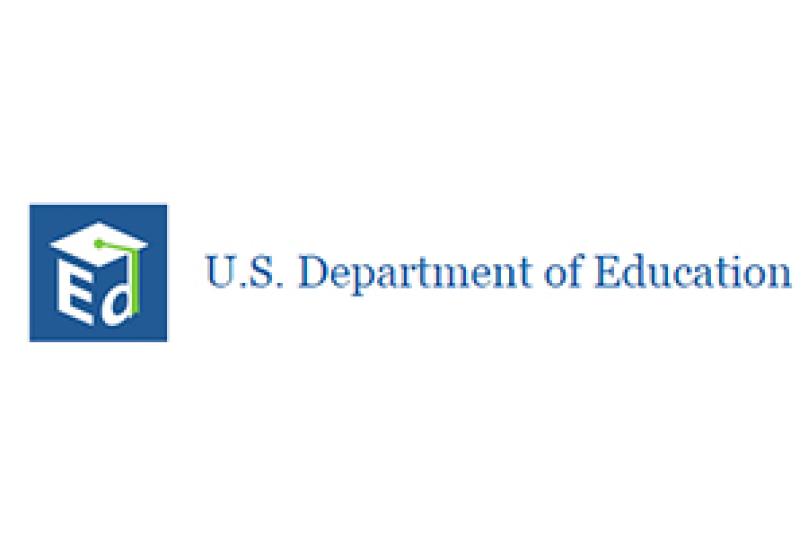
MƒA Founder Jim Simons and MƒA President John Ewing advocated to have the Every Student Succeeds Act (ESSA) include options for states to use Title II funds to establish state-wide Master Teacher programs modeled after MƒA. This is an important step in broadening the reach of the MƒA model across the country and making federally funded state-wide Master Teacher programs a reality. Read more about MƒA’s piece in ESSA.
Every Student Succeeds Act
Part of the mission of MƒA is to persuade states or cities to reallocate part of their professional development for teachers in a new way—focusing on the highly accomplished teachers and changing the conversation about the teaching profession itself. A provision of “Every Student Succeeds Act” (ESSA), which was signed into law in late 2015, helps us to do that.
ESSA is the successor to “No Child Left Behind” and represents a Federal effort to improve education that has been ongoing since 1965, when the first Elementary and Secondary Education Act was proposed by President Johnson.
One part of ESSA is directly related to MƒA. These authorizations have always provided grants to states for “preparing, training, and recruiting high-quality teachers, principals, or other school leaders”—the so-called Title II money. Such grants must be used in limited ways, specified in the act itself. In the recent ESSA, one of the new ways Title II money can be used is to create state-wide STEM Master Teacher programs based on the MƒA model.
Even before ESSA, New York State created its own Master Teacher program (NYSMTP), which is modeled on MƒA. That program currently has more than 600 Master Teachers and is thriving. It serves as a model for other states, showing how they can create similar programs that serve urban, suburban, and rural communities alike. States can now use Title II money to help fund such programs, especially in their initial phases. The goal is to create engaging professional communities that keep STEM teachers in their schools, give them exciting opportunities to grow professionally, and model what the teaching profession might look like in the future.
The language of ESSA describes such a program using specific language that reflects the values underlying MƒA:
“The term ‘STEM master teacher corps’ means a State-led effort to elevate the status of the science, technology, engineering, and mathematics teaching profession by recognizing, rewarding, attracting, and retaining outstanding science, technology, engineering, and mathematics teachers, particularly in high-need and rural schools, by—
(1) selecting candidates to be master teachers in the corps on the basis of—
(A) content knowledge based on a screening examination; and
(B) pedagogical knowledge of and success in teaching;
(2) offering such teachers opportunities to—
(A) work with one another in scholarly communities; and
(B) participate in and lead high-quality professional development; and
(3) providing such teachers with additional appropriate and substantial compensation for the work described in paragraph (2) and in the master teacher community.”